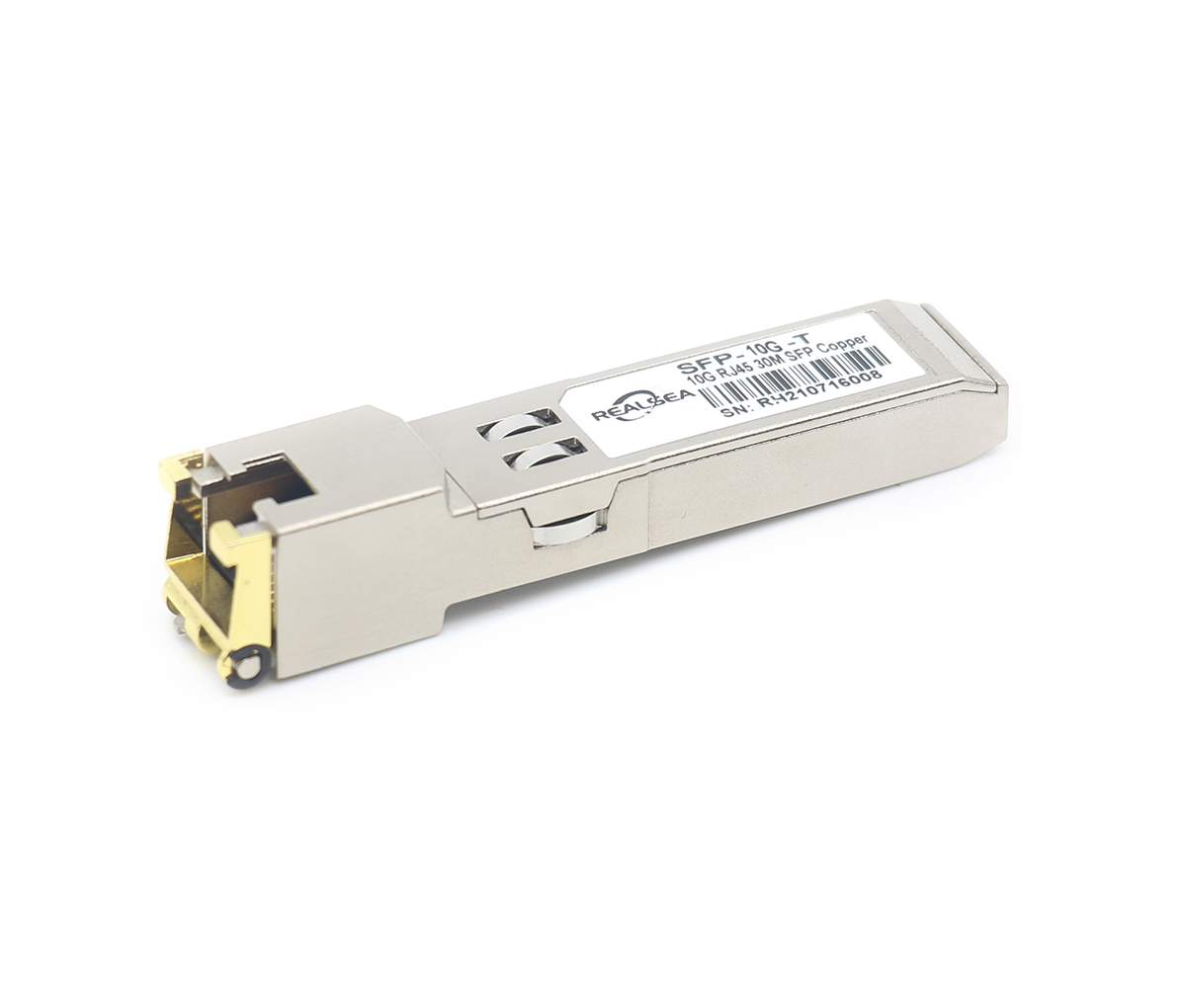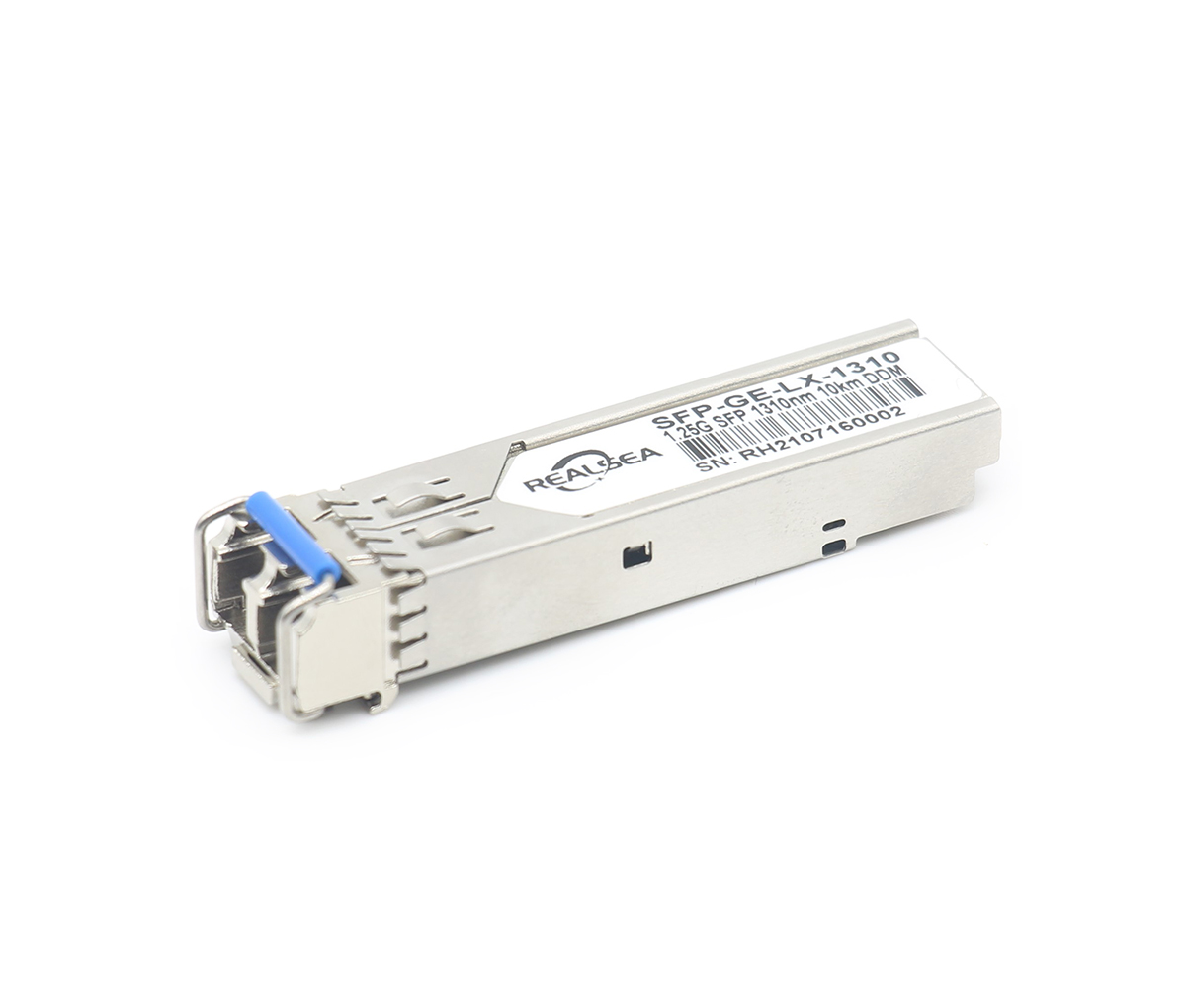Release Date: Mar 26,2022
The household cable section usually adopts butterfly cable (commonly known as "leather cable"), the length is less than 100 meters, and only accounts for about 1% of the entire ODN connection length. Why is there a large attenuation?
1. Fault phenomenon
What is the difference between the bending resistance of the commonly used G.657 and G.652 optical fibers?", we analyzed the use of G.652 pigtails at the end of the FTTH optical cable at the optical fiber distribution box and the optical cat, which is the excessive attenuation of the FTTH optical cable The main reason. However, about 25% of the link loss is excessive, which is caused by the bending of the pigtail itself.
The leather cable mainly uses the G.657A2 type optical fiber with better anti-bending system performance. Generally, when the bending radius of the leather cable does not exceed 7.5mm, the basic information of the macrobending loss can be ignored. However, the failure and the phenomena found in the on-site investigation were indeed related to the bending of the leather cable.
When these bends are loosened, the fault disappears; if not macrobending loss, what is the cause?
2. Failure cause analysis
Considering that there is force on the leather cable in some cases, we tested the additional loss of the leather cable under bending force and found that the bending does not significantly increase the additional loss.
Will it be related to the knotting of the optical fiber cable? Because from the perspective of the fault phenomenon, the leather wire and the optical fiber cable at the fault point are often knotted. After testing, it was found that knotting does not significantly increase the additional loss. Even if the cable is knotted and subjected to external forces, the additional losses will not increase significantly.
A careful study of field failure photos revealed that in most cases the cable is twisted, so the additional loss was measured after the cable was twisted. The additional loss of the sheathed cable after twisting increases significantly. When the leather cable is twisted, the additional loss increases more significantly. Under the condition of twisting and knotting of the leather cable and applying an external force for testing: the additional loss is as high as 3.24 decibels. Twisting of the fiber optic cable is the main cause of the additional loss. consistent with the situation on site.

Rate classification According to the speed, there are 155M/622M/1.25G/2.125G/4.25G/8G/10G, 155M and 1.25G are more used in the market, 10G technology is gr...
Most optical SFP transceivers support SFF-8472 (industry standard multilateral protocol). According to the SFF-8472 protocol, the Digital Diagnostic Monitor...

Due to the high bandwidth and low attenuation brought by optical fiber, the speed of the network is taking a huge leap. Fiber optic transceiver technology i...